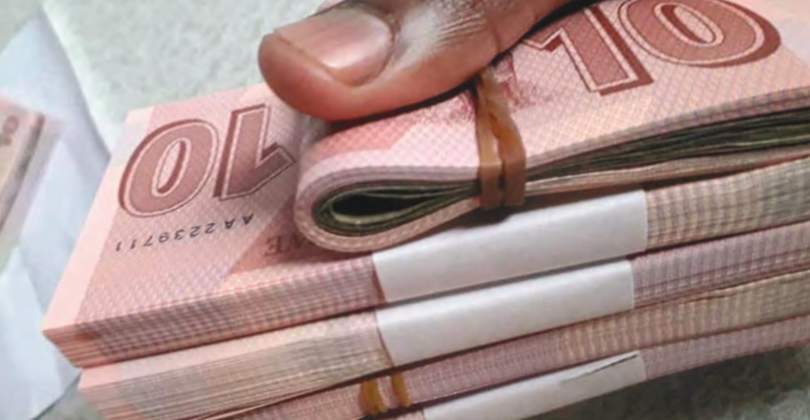Govt to review suspended contracts as Zimdollar shortage bites
THE government will today give an update on contracts it suspended last month pending a pricing review as pressure mounts for it to honour its obligations.
Last month, as part of measures to save the depreciating Zimbabwe dollar that hit a low of $1 000 against the United States dollar, the Finance and Economic Development ministry suspended government contracts pending a pricing review.
The immediate effect of this was to greatly reduce the amount of Zimbabwe dollars on the market, forcing parallel forex dealers to lower their rates.
Apart from the suspension, measures put in place to service the huge forex backlogs, local currency gold coin purchases, high bank interest rates, and a 40% capital gains tax on stocks sold before 270 days, significantly reduced Zimbabwe dollars on the market.
Resultantly, the Zimbabwe dollar dropped to $800, against the greenback, on the parallel forex market. However, the shortages are now so severe that consumers and businesses are struggling to access Zimbabwe dollars, affecting both livelihoods and business operations.
“Finance and Economic Development minister Mthuli Ncube will be hosting a Press conference (on September 19, 2022) to update the market on the ongoing validation exercise on subsisting government contracts which are being subjected to value for money audits,” read a note from the ministry dated September 16, 2022.
The suspension of the government contracts is as a result of the officials accusing suppliers of using parallel forex rates that are 50% to over 100% of the official exchange rates.
An example of this was the government last week suspending the procurement of 173 laptops and 78 desktops for the Parliament of Zimbabwe, with each unit priced at US$9 2254,48 and US$3 075,61, respectively, four times the normal prices.
Finance and Economic Development’s permanent secretary, George Guvamatanga, is on record stating that this obscene pricing was being used to fuel the parallel forex market.
“This is because the public sector accounts for nearly 70% of the demand for goods and services in the economy with the government’s monthly operating budget estimated between $95 billion and $100 billion,” Zimbabwe Coalition on Debt and Development (Zimcodd) said last week in its weekly review.
“Of this amount, about $50 billion is spent on government suppliers who in turn offload these balances on the alternative markets in search of a stable US dollar.”
Zimcodd said the shortage of forex on the inefficient foreign currency auction forced businesses to peg prices of goods and services according to the parallel exchange rate so as not to lose value on their goods and services.
However, since the official forex rate has seen the Zimbabwe dollar depreciate to $604,18, against the greenback, from $159,34 before Treasury and RBZ measures, the economy is still declining.
“Other businesses continue to increase the prices of goods and services as the official rate continues to deteriorate.
More so, it remains to beseen if stabilising parallel rates will be sustained as government spending is set to increase ahead of the 2022/23 cropping season. It is reported that the government is targeting farm inputs support to 3,2 million smallholder farmers this year, up from 2,3 million that previously participated,” Zimcodd said.
“With global prices of fertilisers and chemicals remaining elevated, Treasury is set to spend an unprecedented amount on agricultural subsidies. In July, it requested a supplementary budget of about $929 billion in addition to the $968,3 billion that was initially approved for 2022.
Zimcodd said if approved the government would inject Zimdollar liquidity of nearly $2 trillion.
“This will exert destabilising effects on the exchange rate and also bring back 2007/8 hyperinflation memories of the then RBZ governor Gono’s trillion era,” Zimcodd added.
Zimcodd said next year’s general elections would likely influence government spending behaviour and trigger policy slippages.
“Last but not least, the rising geopolitical tensions powered by the Russia/Ukraine war pose great threats to global supply and distribution chains which may fuel global inflation,” Zimcodd said.-newsday











